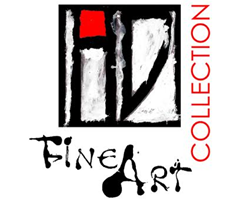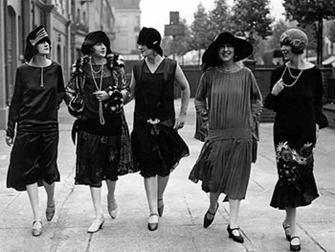Product Description
Arrigo Varettoni de Molin, “Cocktail Hour”, Oil on canvas 1937


ARRIGO VARETTONI DE MOLIN (1902-1985)
Cocktail Hour 1937
Oil on canvas
Signed: Arrigo V de Molin (on front of canvas), #4 Cocktail Hour, Arrigo Varettoni de Molin, 323 West 4th Street, 79 Horatio Street (paper label attached to back of frame)
Listed: Who’s Who in America, Series II, no. 11 (November 1, 1941) p. 6.
Exhibited: The Society of Independent Artists, 1939; Vendome Art Galleries, 1941
Painting reviewed: “Three Newcomers Enliven the Season’s Beginning” Roy Finch, The New York Herald Tribune (September 7, 1941).
Canvas: H: 42” x 36”
Arrigo Varettoni de Molin, “Cocktail Hour”, Oil on canvas 1937
FRITZ SCHMOLL VON EISENWERTH (1883-1963) Germany
M.T. WETZLAR (active c. 1905-1940) München, Germany
Hand mirror c. 1920
Handwrought silver and ivory
Marks: MTW (in a shield), 900, moon, crown, Wetzlar München, R
L: 10 ¼” x W: 4 ¾”
GUTTIEREZ VEGA (active 1930s) Bogotá, Columbia
Four-piece modernist coffee / tea set c. 1935
Radical form cone and triangular shaped four piece sterling silver with bold design exotic handles.
Marks: T.A.N. Sterling (Maker’s mark), serial number F925
Coffee pot H: 5″ x L: 10 1/2″
Teapot H: 4 3/8″ x L: 10 1/2″
Creamer H: 3″ x L: 8″
Sugar bowl H: 4 1/2″ x L: 7 3/4″
In the 1930s, Colombia began to embrace modern and Art Deco architecture. The new Liberal Party government tore down many older buildings to reject the conservative past. In their place, it constructed modern buildings with an international flavor and interiors and decorative arts were designed to complement these newly stylized buildings.
